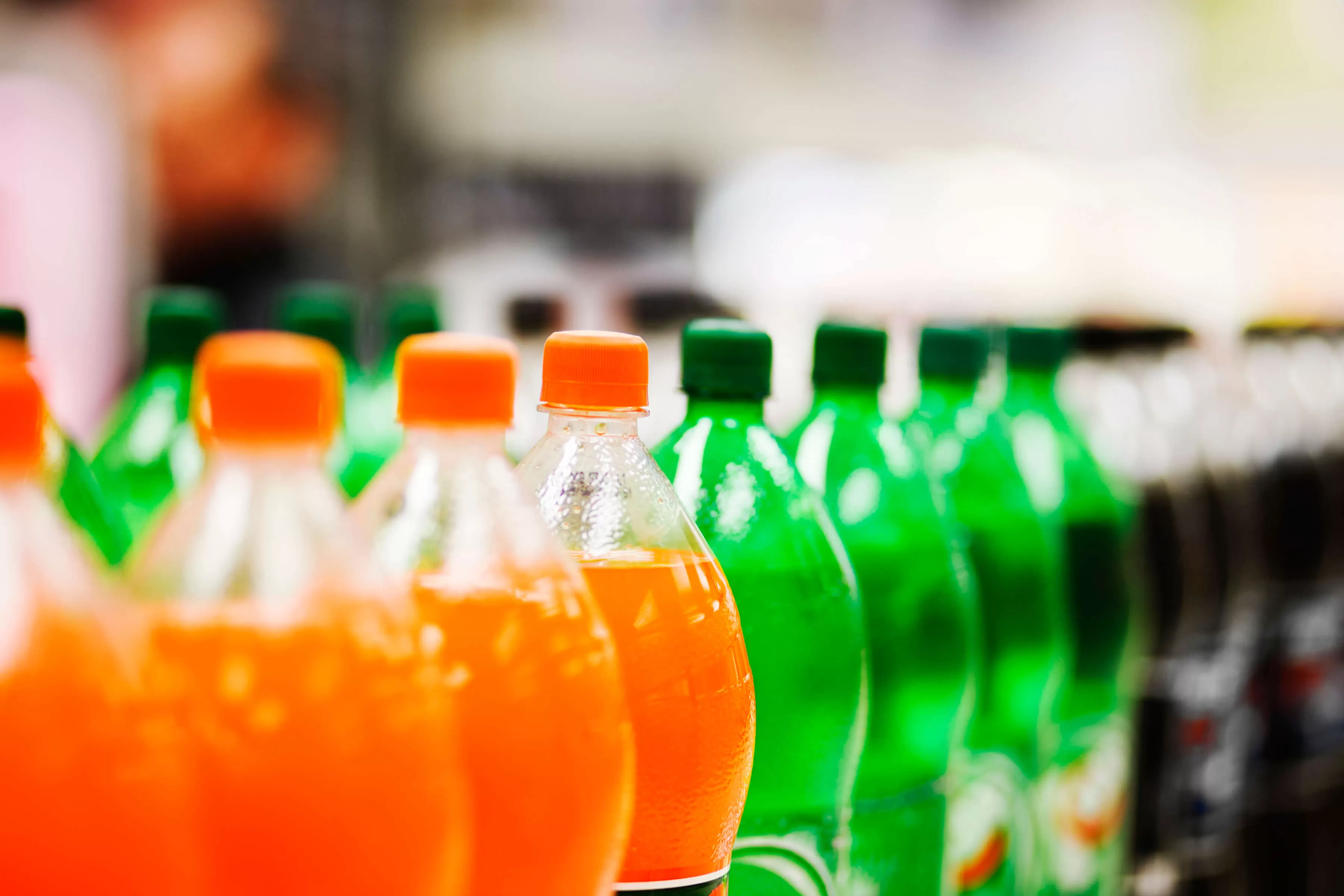Sweet Science: How Insights into Fructose Metabolism Are Helping to Fight Liver Disease

If you check the labels on your favorite jarred marinara sauce, low-calorie salad dressing, or loaf of bread, you may be surprised to find that they contain added simple sugars — one of the most popular forms of which is high-fructose corn syrup (HFCS), a sweetener used in many processed foods.
Over the past four decades, sugar has steadily crept into American diets — a trend that can be largely attributed to the food industry’s embrace of HFCS, used to enhance the flavor of all types of products, not just sweets. And whereas dietary fat was once seen as the main public health enemy, in recent years, researchers are finding that the added sugars in our diet, mainly in the form of fructose, are contributing to high levels of obesity, diabetes, and liver disease.
To help address these growing epidemics, Pfizer scientists are working to develop a novel medicine that blocks fructose metabolism to help prevent the buildup of fat, or steatosis, in the liver. When the liver has too much fat, it can lead to a more serious condition, known as nonalcoholic steatohepatitis (NASH), which causes scarring and eventually liver failure. “Steatosis, or fatty liver, is the very first step in a bad journey,” says Thomas Magee, Senior Director, Internal Medicine Research Unit, based at Pfizer’s Kendall Square, Cambridge research site. Magee is a medicinal chemist who was the project leader during the discovery and early development of a fructose metabolizing compound that is currently being evaluated in clinical trials.
Not all sugars are the same
If you’re comparing calories, the two main types of dietary sugars — fructose and glucose — are exactly the same. (Sucrose, or table sugar, is a combination of fructose and glucose.) What makes fructose more harmful is the way the body metabolizes it. Unlike glucose, which is used by cells as an energy source, fructose is metabolized by the liver, where it promotes the synthesis of fat. In fact, some experts believe our bodies are not designed to handle this excess fructose. “In evolutionary history, it was a rare treat, where you might find fructose in a beehive or seasonal fruit, serving as an energy source when food was scarce. Now those with first-world diets have a constant onslaught, and our bodies have not caught up,” says Magee.
Today, HFCS, which is made from cornstarch and contains approximately 55% fructose, is found in most processed foods and sugary drinks. Sugar can also come in other disguised forms, such as cane sugar or beet sugar (high in sucrose) and agave nectar and honey (high in fructose). And our diets reflect this change: some 200 years ago, Americans ate about two pounds of sugar a year. Today, Americans consume on average greater than 120 pounds of sugar a year. Some of this increase is likely due to the fact that, as food makers began to take fat out of their products to respond to the rise in heart disease in the early '90s, they added more sugar to improve the flavor of what was now “fat free.” “Ironically, replacing fat in food with sugar just leads to fat in the liver and in circulation – none of which is good for your heart,” says Magee.
Going after sugar
Pfizer’s KHK inhibitor, currently in Phase 2 studies, is the first and — to the best of our knowledge — only clinical candidate in this mechanism. “We’re pioneering our way into this field,” says Magee. “Whenever you get into an exploratory area, it’s challenging, but it’s worth it. That’s how science moves forward.”





